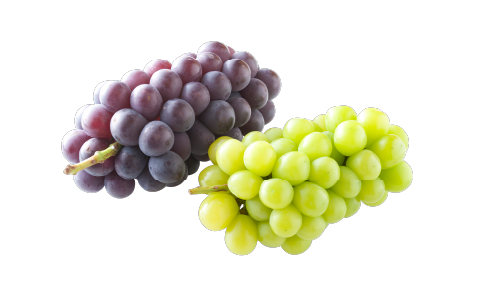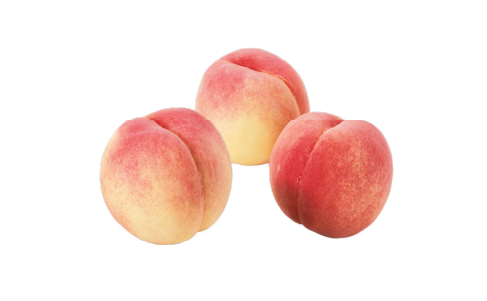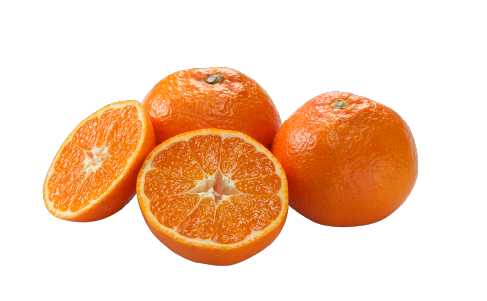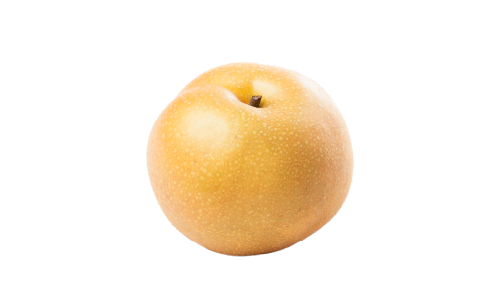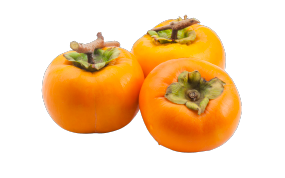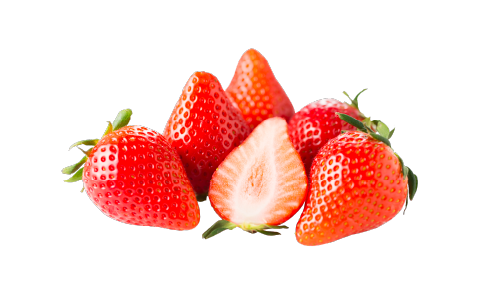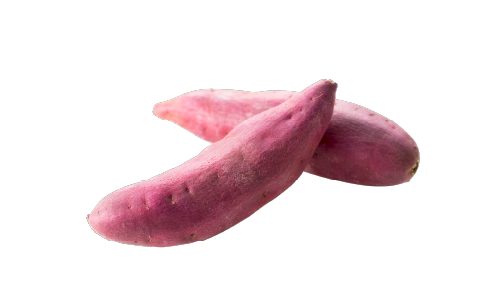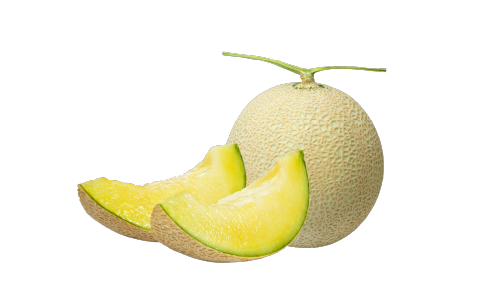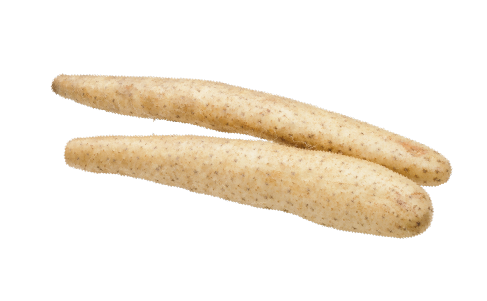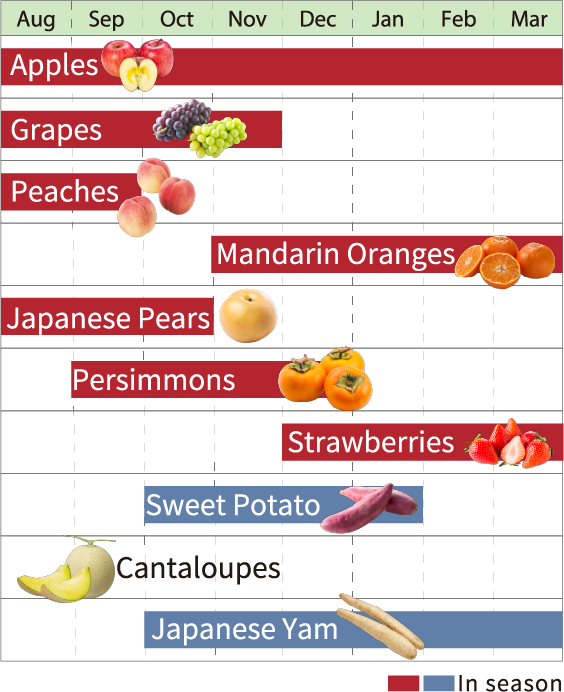Apples
In Season: Jan. - Dec.
Japanese apples come in many colors, from brilliant crimson to pale green. Abundantly juicy, with a perfect balance of sweetness, they have a delightfully crisp texture. They keep well, allowing for a long tasting season, and are rich in potassium and dietary fiber.
×
Grapes
In Season: June - Nov.
Over 30 distinct types of grape are grown in Japan, including purple varieties such as Kyoho and Pione, and the green Muscat. Seedless varieties are also on the rise. Across all varieties, the juiciness and pristine natural sweetness let you know it's a Japanese grape.
×
Peaches
In Season: June - Sept.
Japanese peaches are fragrant and light pink upon ripening, with soft flesh and a rich, deep flavor. They are known the world over for their plump, round shape and velvety texture.
×
Mandarin oranges
In Season: Nov. - Mar.
The mandarin orange is Japan's flagship citrus fruit. Rich in vitamin C. they are the perfect balance of sweet and sour. The skin is soft, and is easily peeled without a knife. Naturally seedless, they are a joy to eat.
×
Japanese pears
In Season: July - Oct.
Japanese pears are famous for their crunchy texture and mouthwa tering, sweet flavor. Some varieties are green and others light brown, but both are succulent and gently sweet.
×
Persimmons
In Season: Sept. - Dec.
Persimmons are synonymous with autumn in Japan. While unripe persimmons are crunchy, the ripe fruit is soft, sweet and melts in the mouth. Rich in vitamin C and tannins, they help protect against hangovers.
×
Strawberries
In Season: Dec. - May
Most Japanese strawberries are very sweet, and people love them for their soft flesh and delicious, abundant juice. They are full of nutrients, and around six strawberries provide a full daily dose of vitamin C.
×
Sweet potato
In Season: Oct. - Jan.
Japanese sweet potatoes are characterized by their high sugar content. Baked, steamed or fried, they are adaptable to many dishes and desserts. Around 40 varieties are grown in Japan, some deliciously flaky, others moist and soft.
×
Cantaloupes
In Season: May - July.
Japanese melons come in two types, distinguished by the presence or absence of a reticulated ("net-like") peel. There are also many varieties, with characteristics such as blue or red flesh. Reticulated melons in particular give off a refined fragrance, and are noted for their rich sweetness and abundant juice.
×
Japanese yam
In Season: Oct. - Mar.
The Japanese yam is a long, cylindrical tuber, growing up to one meter in length. They can be eaten raw, and they are a wonderfully crunchy addition to salad when finely chopped. Japanese yams help with digestion and support a robust nutritional foundation.
×

